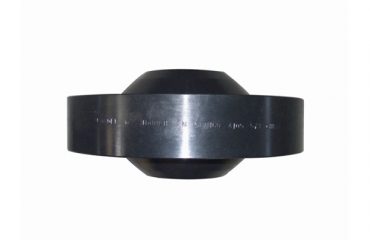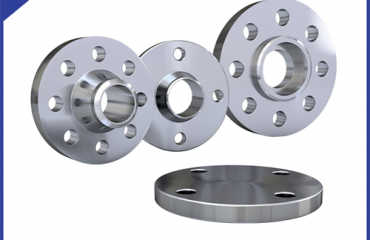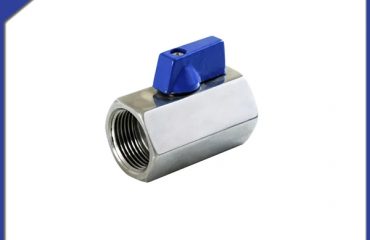1. standard GB/T14383–93, GB/T14383–2008, ASME B16.11, petrochemical standard SH3410, Ministry of chemical industry standard HG/T21634.
According to the form, it can be divided into 45 degree socket elbow and 90 degree socket elbow. According to the form of pipe, it can be divided into socket elbow and threaded elbow. According to the standard, the specifications of socket elbow are DN6, DN8, DN10, DN15, DN20, DN25, DN32, DN40, DN50, DN65, DN80, and DN100. The commonly used order is DN15 — — DN50. If the scope of the specification exceeds the scope, it can communicate with customers for drawing design and processing.
According to the classification of pressure: 3000LB, 6000LB, 9000LB or SCH80, SCH160, XXS
2. Commonly used standards for three links are GB/T14383–93, GB/T14383–2008, ASME B16.11, petrochemical standard SH3410, Ministry of chemical industry standard HG/T21634.
According to the form of takeover, it is divided into socket three links and threaded three links. Generally speaking, it can be divided into three diameters and three diameters. According to the standard specifications, there are DN6, DN8, DN10, DN15, DN20, DN25, DN32, DN40, DN50, DN65, DN80, and DN100.
According to the classification of pressure: 3000LB, 6000LB, 9000LB or SCH80, SCH160, XXS
3. Y type tee Cross is mainly made of round steel or ingot moulded forging blanks, and then formed by a lathe. It is a kind of forged and plugged series threaded pipe fittings. Scope of application: pressure piping in various industries such as petroleum, chemical industry, shipbuilding, fire fighting, food, nuclear power, thermal power and so on.
4. Hoop is a kind of fittings commonly used in industrial pipeline connection. It is a short pipe connecting the two pipes, or an outer joint.
The forging hoop is heated by forging ingots or rods, and then machined by thread on the lathe bed. According to the form of pipe joint, it can be divided into socket pipe hoops and threaded hoops, and can be subdivided into single socket pipe hoops, double socket pipe hoops, single threaded pipe hoops and double threaded hoops.
The socket pipe collar adopts the socket structure to reduce the cost of the pipe joint, which is very convenient for installation, operation and maintenance, as well as extremely high leakage prevention capability. Because of its convenient use, it is widely used in civil construction, industry, agriculture and other fields.
The main manufacturing standards are GB/T14383, ASME B16.11 and BS 3799.
5. Tube cap English (pipe cap) other names head, plug, cover, pipe cover, and head. The connection form is divided into socket and thread, and the socket cap is welded to the pipe end, and the threaded pipe cap is installed on the outer thread of the pipe end to cover the pipe parts of the pipe. The forged pipe caps are divided into socket welded pipe caps and threaded pipe caps according to the connection form, which are used for sealing pipelines and acting as plugs. The production standard is GB/T14383 ASME B16.11
6. Pipe: plug plugs are used for the ends of pipes to prevent leakage and play a role of sealing. There are six corners and four corners, and the thread is NPT form.
7. Core, English Hex Head Bushing, also known as six angle head inside and outside threaded joint.
It is usually made of six angle bar after cutting and forging. It is a common forged fittings for different diameter thread pipe, and it has an unreportable function in pipe connection. Because the outer six corners are easy to tighten and tighten, there are many kinds of thread used for connection. The common form is NPT RC thread connection.
8. The gradual shrinkage tube is also called short diameter joint with concentric / eccentric points. Concentric short path short English Conce-ntric Swaged Nipple. eccentric offset short English Eccentric Swaged Nipple.
Usually in pipe engineering, a kind of fittings used for connecting different diameter pipes. The form of connection is different from the form of butt welded thread.
It is mainly applicable to petrochemical, medical, medical, electrical, aerospace, military, fire, fire, metallurgy, shipbuilding, gas, nuclear power, and environmental protection and other departments and fields requiring high pressure, size precision and so on. Standard American Standard MSS SP-95 Petrochemical standard SH/T3419.
9. Outlet, also called branch pipe seat, saddle seat and saddle type pipe joint. There are three types of butt welding, socket welding and threaded connection.
It is mainly used for reinforcing pipe fittings of branch pipe connection, instead of using different diameter three — way, reinforcing plate and strengthening pipe section. It has the advantages of safety, reliability, lower cost, simple construction, improvement of medium channel, series standardization, convenient design and so on, especially in high pressure, high temperature, large diameter and thick wall pipe. It is widely used instead of the traditional branch connection method.
The main body is made of high quality forgings, and the material is the same as that of pipeline materials, such as carbon steel, alloy steel, stainless steel and so on. The branch pipe and the main pipe are welded by connecting with branch pipes or other pipes, such as short pipes, plugs, etc.
The commonly used manufacturing execution standards of branch tubes are MSS SP-97 and GB/T19326.
10. Union, also called “Ren” or “Ren”, is a common pipe connector that can be easily installed and dismantled. It mainly consists of three parts: nut, cloud head and flat connection.
Pipe connections machined by die forging after round steel or ingot. Its connection form is divided into socket welding and thread connection, and socket welding is to insert the steel pipe into the socket. Therefore, it is called “socket joint”. The thread connection is to connect the steel pipe into the screw hole, and also have the external thread connection form. Therefore, it is called “threaded joint”, and the main manufacturing standard is MSS SP -83.
Flexible joints are widely used in pipe connection with different diameters, and are also widely used for connecting instruments, valves and pipes. It is mainly applicable to petrochemical, medical, medical, electrical, aerospace, military, fire, metallurgy, shipbuilding, gas, nuclear power, and environmental protection and other departments and areas requiring high pressure, precision and so on.
 Language
Language Espanol
Espanol English
English Italian
Italian عربى
عربى
 Skype: chinamaker99
Skype: chinamaker99  Tel: 86-316-5120812
Tel: 86-316-5120812 Email:
Email:  Whatsapp:
Whatsapp: 

